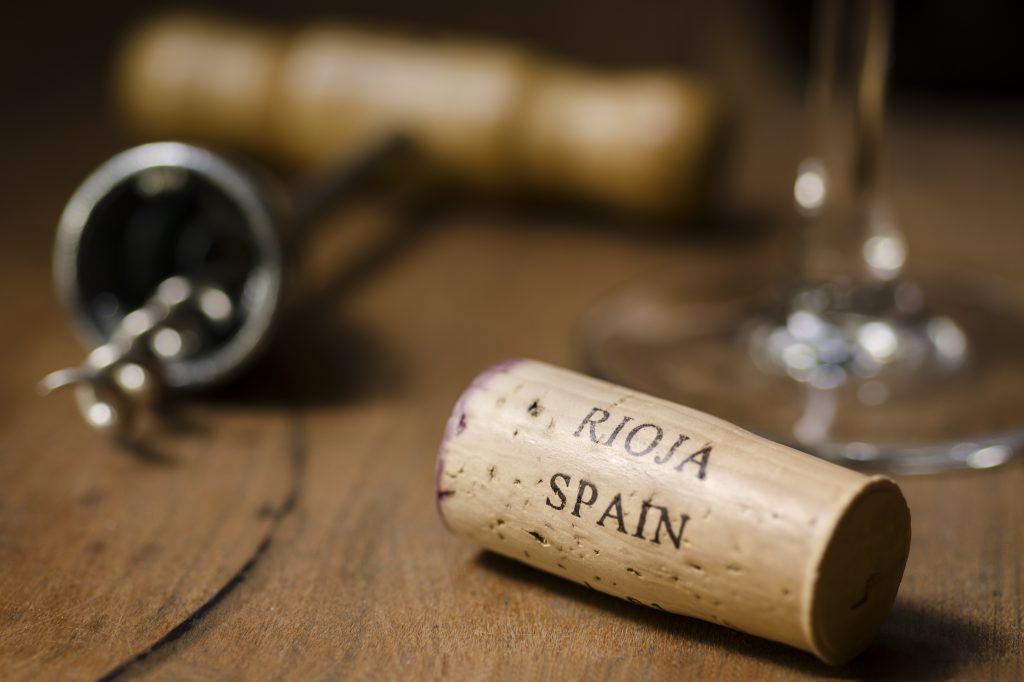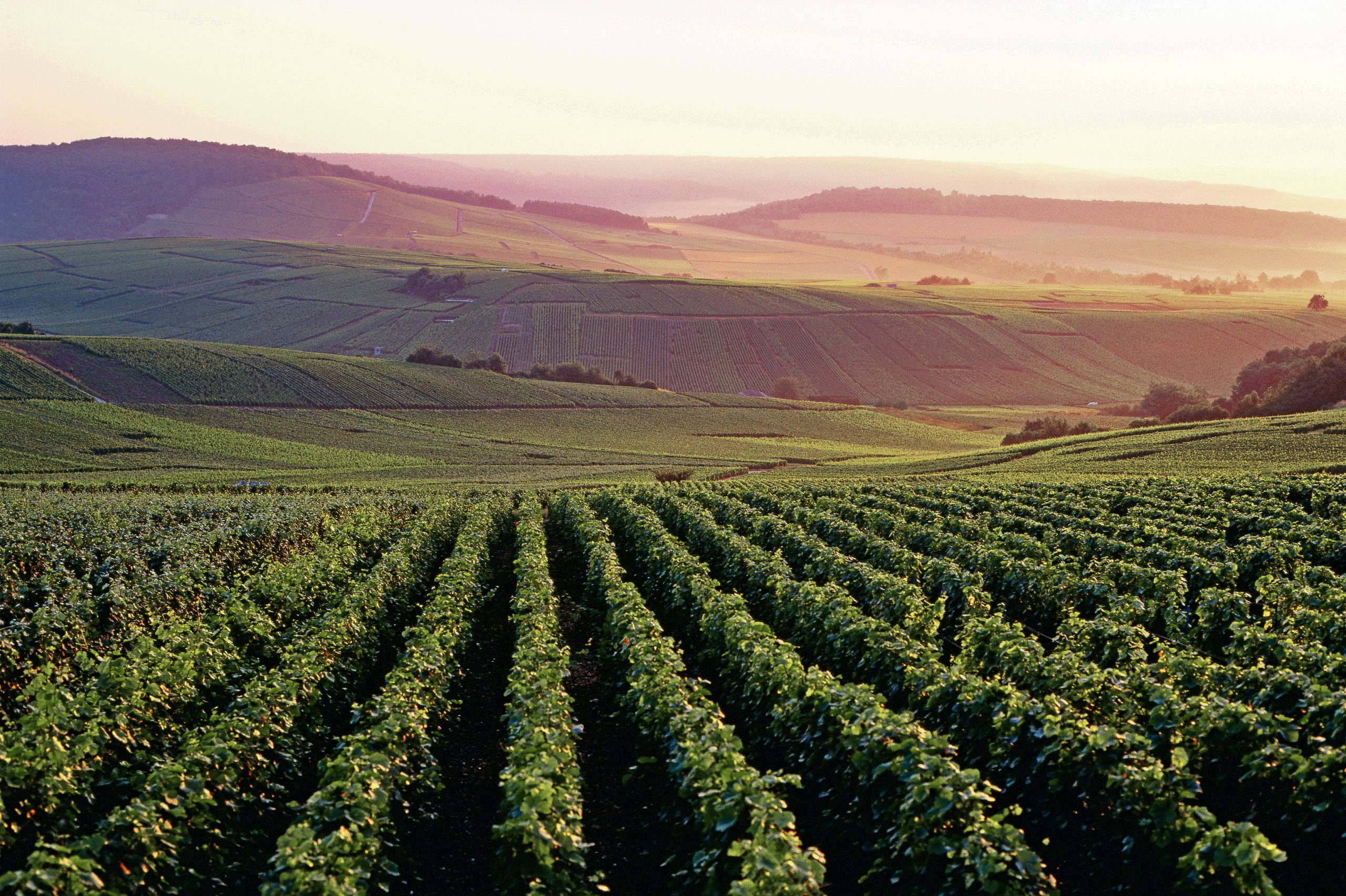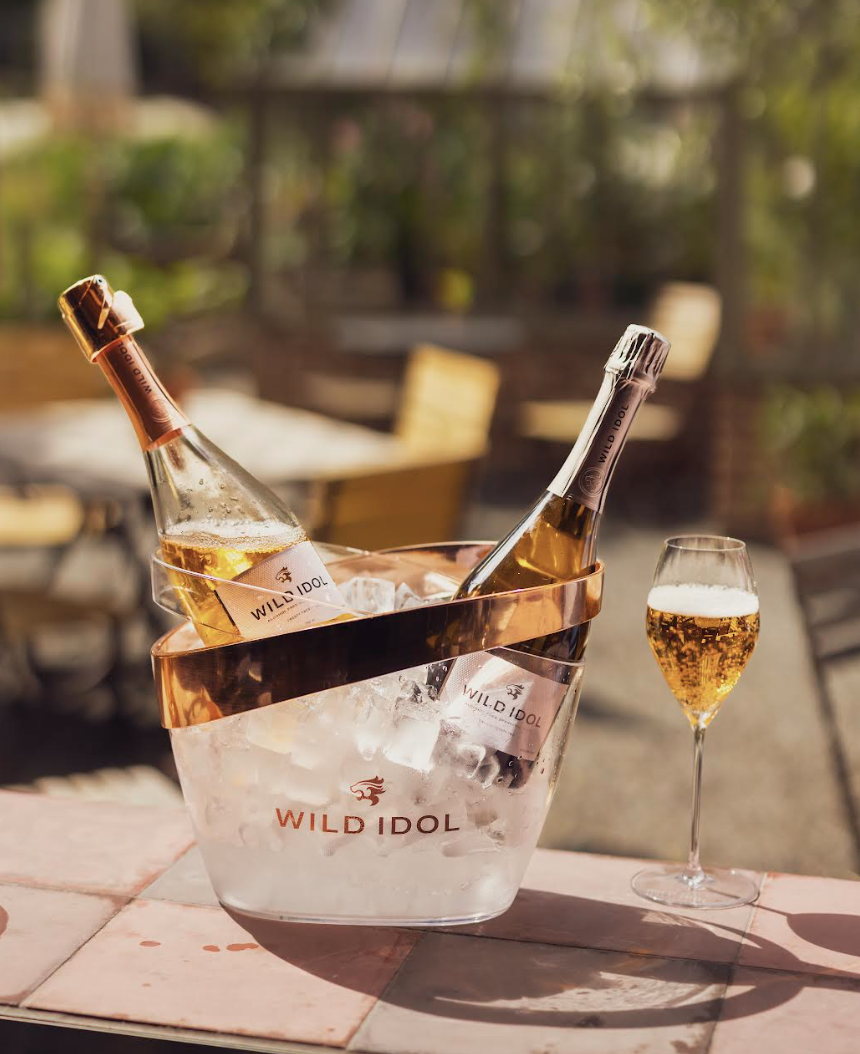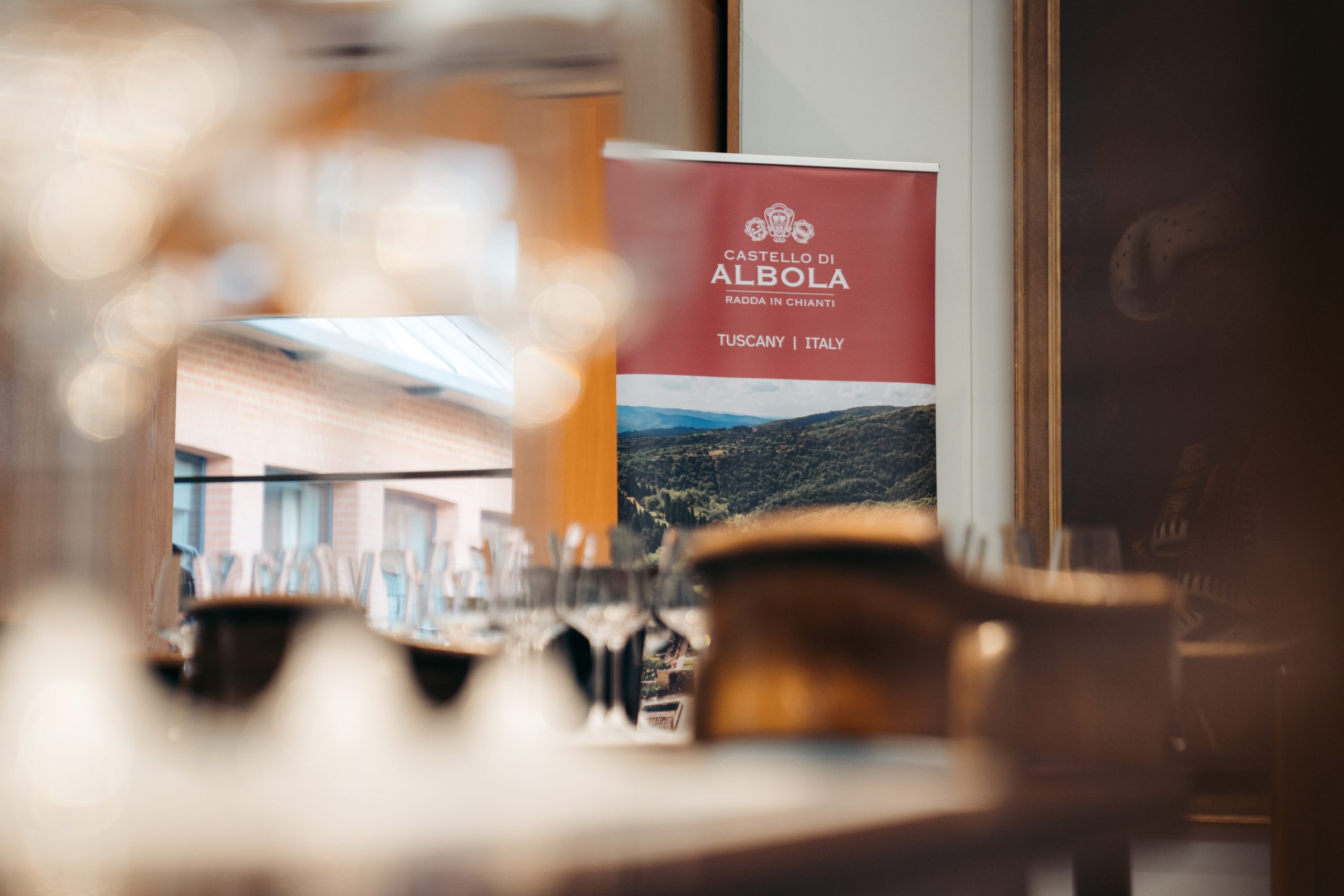Rioja adopts new terms for village wines to highlight terroir
Rioja’s ruling body, the Consejo Regulador (DOCa), is adapting its rules to change the ‘Vino de Municipio’ title on the bottle to ‘Vino de Pueblo’ as the latest in its long-running battle with producers over Spanish terroir.

While wineries have been allowed to reference their zone of production since 1998, and to name the village or town since 1999, the rules were updated in 2017 to allow the Vinos de Municipio and Vinos de Zona (sub-regions Rioja Alta, Rioja Alavesa, and Rioja Oriental) greater visibility on the bottle, in terms of font size. This most recent change however means that 144 official municipalities in the Rioja wine region will become ‘pueblos’ (or villages), in a move that is designed to appease producers who feel they have been unable to emphasis the terroir and subregion on the bottle.
In addition, Vino de Pueblo wines will now be allowed to contain up to 15 % of grapes or wine from a neighbouring village or municipality, which was previously not allowed.
The DOCa will also allow producers to emphasis the terroir even further by allowing wording on the bottle to denote where the vineyard is, ‘viñedo en’, showing that the wine is made entirely from grapes grown within that municipality/pueblo.
“This initiative, approved this Thursday, responds to demands to highlight the origin of the wines and the vineyard, giving Rioja wineries better ways to underline their individuality,” the Consejo Regulador was quoted as saying in Spanish local news outlet Nuevecuatrouno. “In this way, the emphasis continues to be placed on the diversity of the Designation, emphasizing, in this case, the origin.”
Partner Content
“These figures have been subjected to various revisions and adjustments to adapt to the needs of the sector and seek to increase commercial success,” Nuevecuatrouno noted.
The change is the latest to be made in the long-running debate over Spanish terroir which has raged between DOCa and a group of terroir-focused producers since 2012, when the single vineyard Rioja movement started to gain momentum.
In November 2015, 150 producers debated the matter, later forming the ‘Club de Matador Manifesto’ which argued that the appellation system formed in the 19th century using barrel ageing as the primary mark of quality, did not take into account soil differentiation and levels of quality. The following year one of Rioja’s most notable producers, Alava-based Artadi, quit the organisation in 2016 due to the DOCa’s lack of focus on terroir, while a leading winemaker accused Rioja’ governing body of hindering the region’s winemaking potential.
In 2017, the Consejo Regulador DOCa of Rioja approved regulations for a new ‘vinedos singulares’ (single vineyard) classification, a highly significant move that allowed winemakers to highlight the terroir and origin of their wines.
Read more
Everything you need to know about Rioja’s new rules
Related news
Ricky Gervais demands Barossa red on his tour rider




